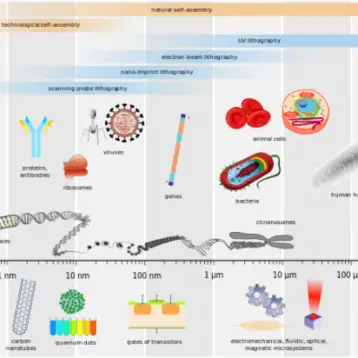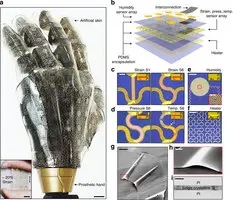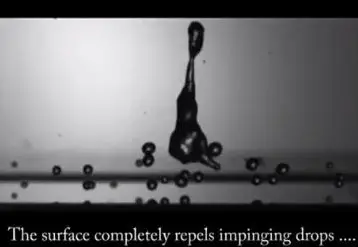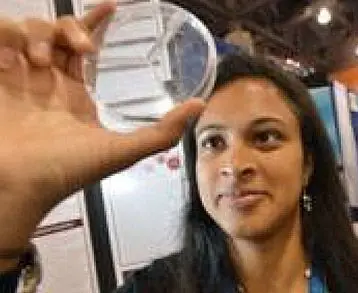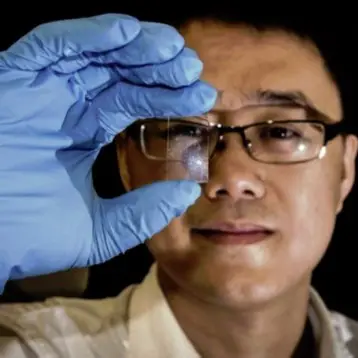|
The team at Penn State has developed a bottom-up method where three different types of DNA-coated wires can be placed exactly in a specified position, with an error rate of less than 1%. The importance of placing the nanowires precisely is to control the spatial placement on the chip with accuracy of less than a micron in order to simultaneously detect different pathogens or diseases based on their nucleic acid signatures.
The new technique of nanowire arrangement starts by inserting the nanowires in between tiny rectangular depressions on the chip. Subsequently, an electrical field is applied between the electrodes that identify the area where the nanowires are to be assembled. The researchers then insert a mixture of the tagged nanowires and a liquid over the chip. The nanowires are then drawn to the regions with an electric field and fit into the individual tiny wells.
The next batch of tagged nanowires would then be exposed to the electric field and they would be aligned specifically. Researchers Theresa Mayer and Christine Keating explained that even though the different tagged nanowires were placed in rows, they could also be positioned in a variety of other configurations. Once all the wires are in position, they can be transformed into a range of devices such as resonators or field effect transistors that could be used to identify nucleic acid targets.
|
In testing the chip, the researchers dipped it in a mixture consisting of DNA sequences corresponding to the three virus-specific sequences on the nanowires. Since they labelled the complementary DNA with three distinct colored fluorescent dyes, the affixed DNA proved that the wires were indeed located at their accurate positions.
The team of researchers at Penn State consider their technique to be exceptionally adaptable and say it would be applicable in a range of conducting and non-conducting wires in addition to a wide selection of coatings. “The eventual idea would be to extend the method to more nanowire types, such as different DNA sequences or even proteins, and move from fluorescence to real-time electrical detection on the chip,” says Keating.
TFOT has previously written an article on a similar topic regarding self-assembling nanowires, in which we reported that the National Institute for Nanotechnology has successfully produced miniscule conductive nanowires using a novel approach. You are also welcome to read a recently published story on nanowires that make bendy solar cells.
Additional information on the new nanowires positioning method can be obtained at Penn State’s website.




